Sign of the times: Nendo pairs with Panerai on horology experience
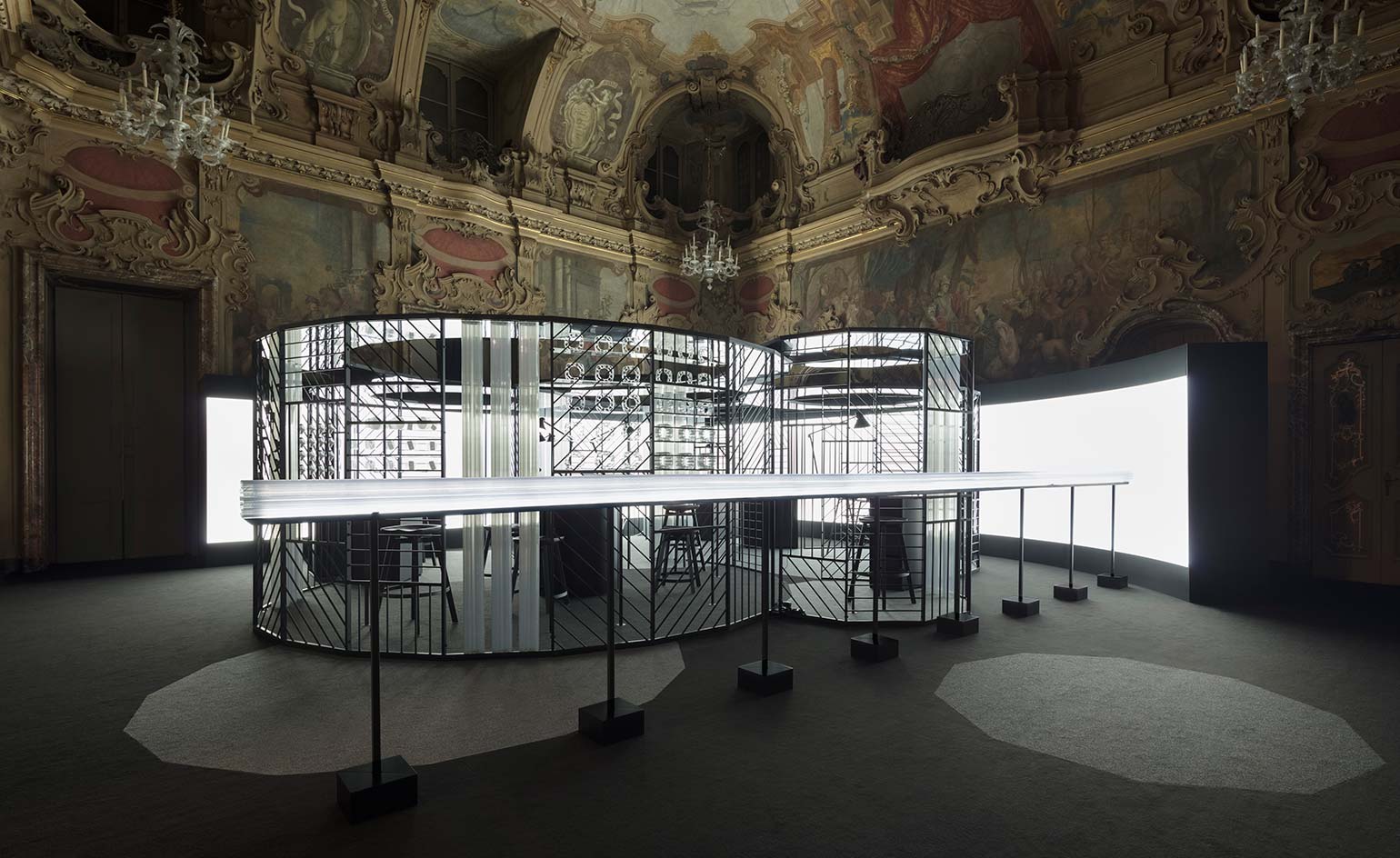
A futuristic clock-making workshop set up in the opulent surrounds of Milan’s Palazzo Visconti, made for an intriguing spectacle at last week’s Salone del Mobile. With its brightly lit, open, black framework design sitting in sharp contrast to the palazzo’s frescoed ceiling and glittering chandeliers, the temporary atelier is the result of a collaboration between luxury Italian watch brand Panerai and ubiquitous Japanese design studio Nendo.
‘Time is not something that you get afraid of,’ says Nendo founder Oki Sato of the exhibition’s theme, ‘but it is something that by feeling it, it becomes very rich and it becomes part of you. I wanted to create an experience where people can feel time and bring home their own time.’
Clock faces of varying thicknesses were cut on site from a length of extruded transparent plastic in front of waiting customers, who could order a clock and then watch as it was sliced and assembled in the workshop. While the minimal square-shaped face displays just four numbers and one-stroke numerals, the clock’s thickness depends on the exact time of the customer’s visit. ‘For example,’ explains Sato, ‘if the time is 10:15 we add 10 and 15 to make a 25mm thickness, and you understand that you were here at 10:15 and you can take home your own time.’
After being cut, the clock proceeds through the different departments of the workshop, where it is polished, sand blasted and assembled by Panerai technicians dressed in white lab coats. The extruded plastic shell from which each clock is cut, is all the time becoming shorter and shorter over the duration of the exhibition. Once the shell is used up, the installation is complete. ‘In other words, the empty-shell-like clock is an apparatus that enables time to be perceived like an hourglass,’ explain the studio.
Even the workshop itself – an open framework of interlocking circular spaces – was designed to to resemble the mechanism of a clock. ‘By walking through the space you feel time and you also feel the craftsmanship of the Panerai watches as well,’ says Sato.
With 2017 marking 15 years since Sato debuted his studio at Milan’s Salone Satellite, the topic of time seems an appropriate one. Since the 2002 launch, Nendo’s rise has been stratospheric encompassing the completion of countless architecture and interior design projects, product designs and collaborations with the likes of Cos, Tod’s, Kenzo and Cappellini to name just a few.
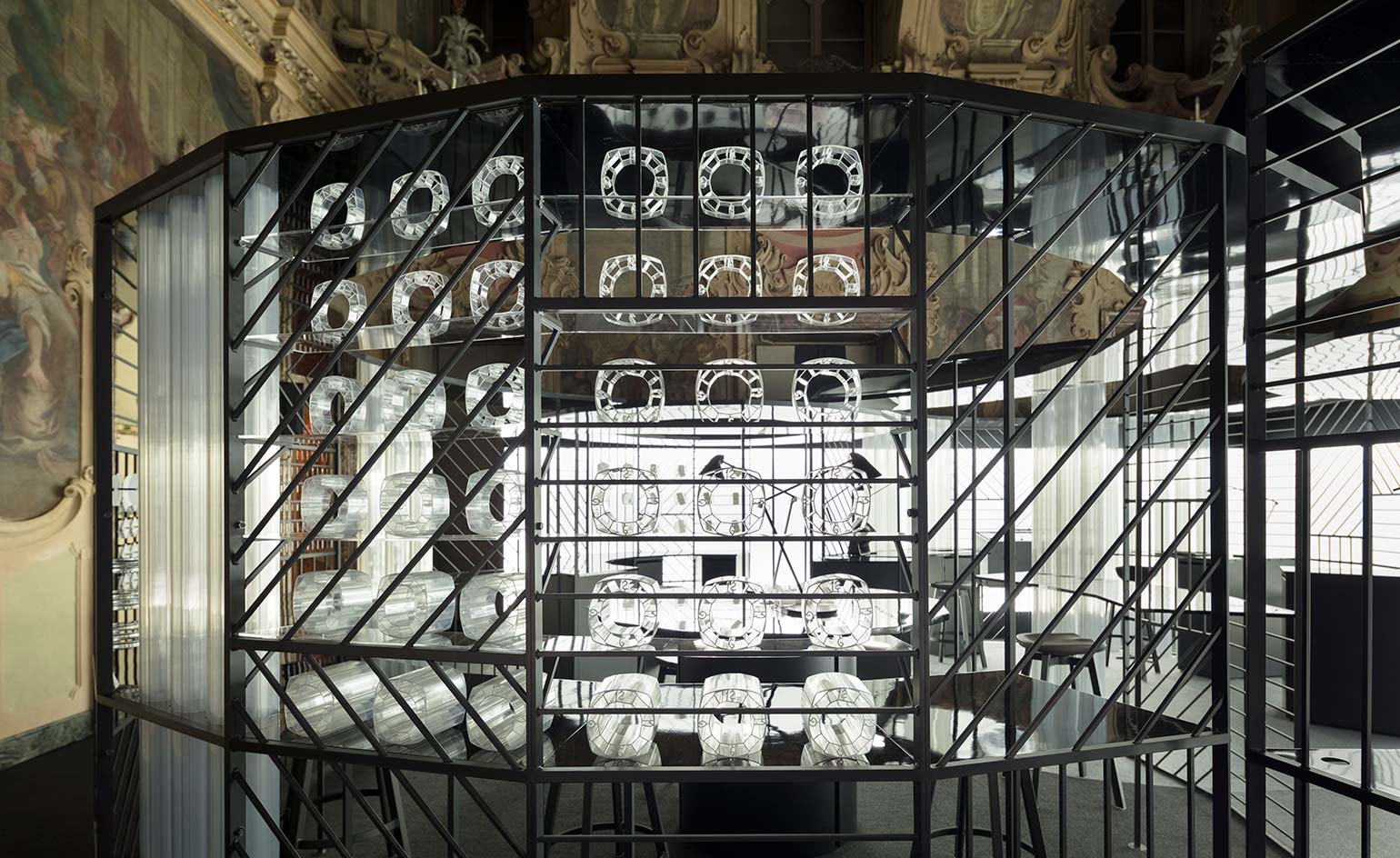
Waiting customers could order a clock, then watch as it was sliced and assembled in the workshop. Photography: Takumi Ota
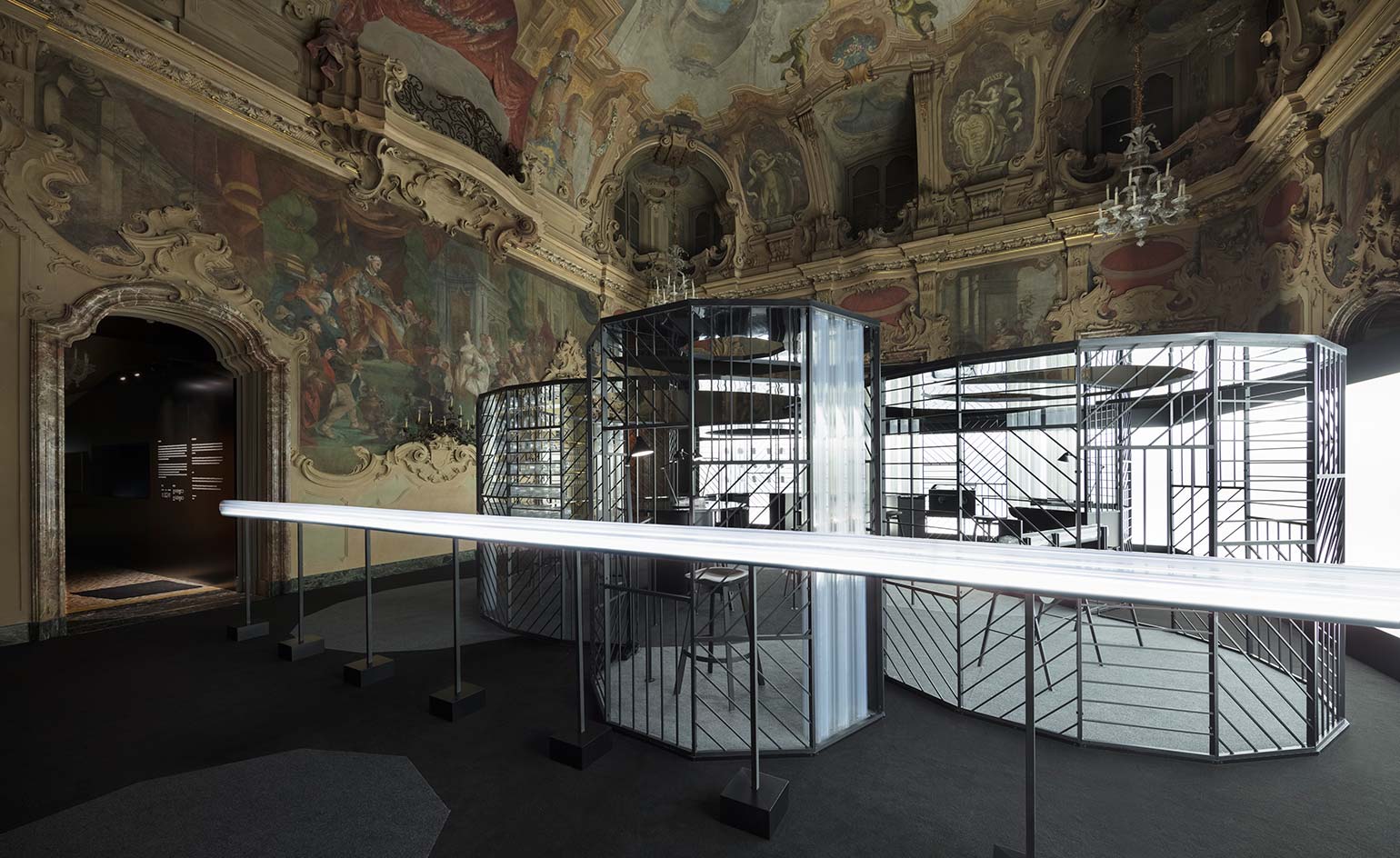
An open framework of interlocking circular spaces, the workshop was designed to to resemble the mechanism of a clock. Photography: Takumi Ota
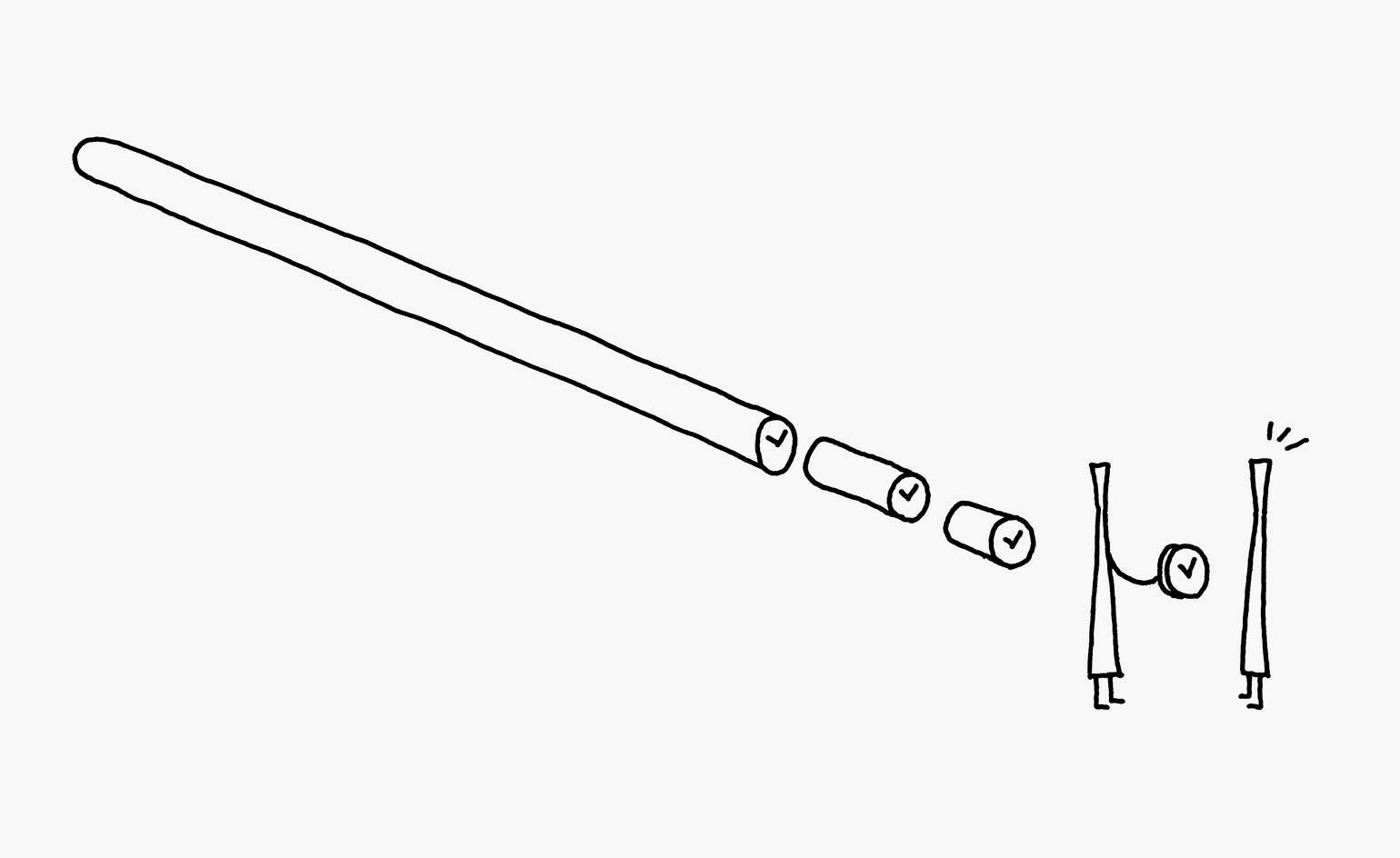
Nendo’s concept sketch of the clock workshop
INFORMATION
For more information, visit the Nendo website and the Panerai website
Wallpaper* Newsletter
Receive our daily digest of inspiration, escapism and design stories from around the world direct to your inbox.
Ali Morris is a UK-based editor, writer and creative consultant specialising in design, interiors and architecture. In her 16 years as a design writer, Ali has travelled the world, crafting articles about creative projects, products, places and people for titles such as Dezeen, Wallpaper* and Kinfolk.
-
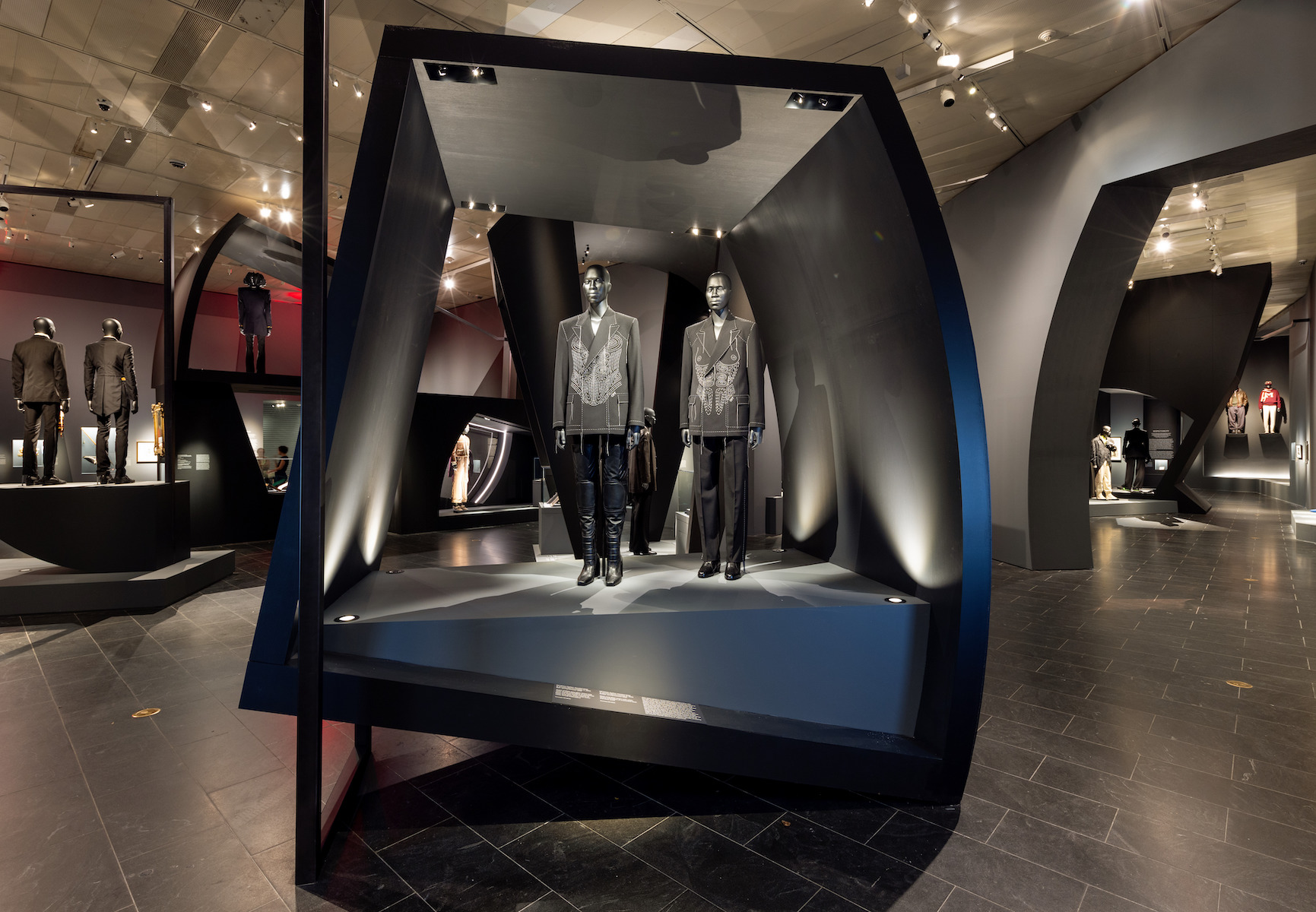 Torkwase Dyson’s set design for ‘Superfine: Tailoring Black Style’ at The Met meditates on ownership, charisma and histories
Torkwase Dyson’s set design for ‘Superfine: Tailoring Black Style’ at The Met meditates on ownership, charisma and historiesThe artist’s exhibition design sees her recognisable geometric forms provide the backdrop to the Costume Institute’s extensive survey of the Black dandy, which will be celebrated at the Met Gala this evening
-
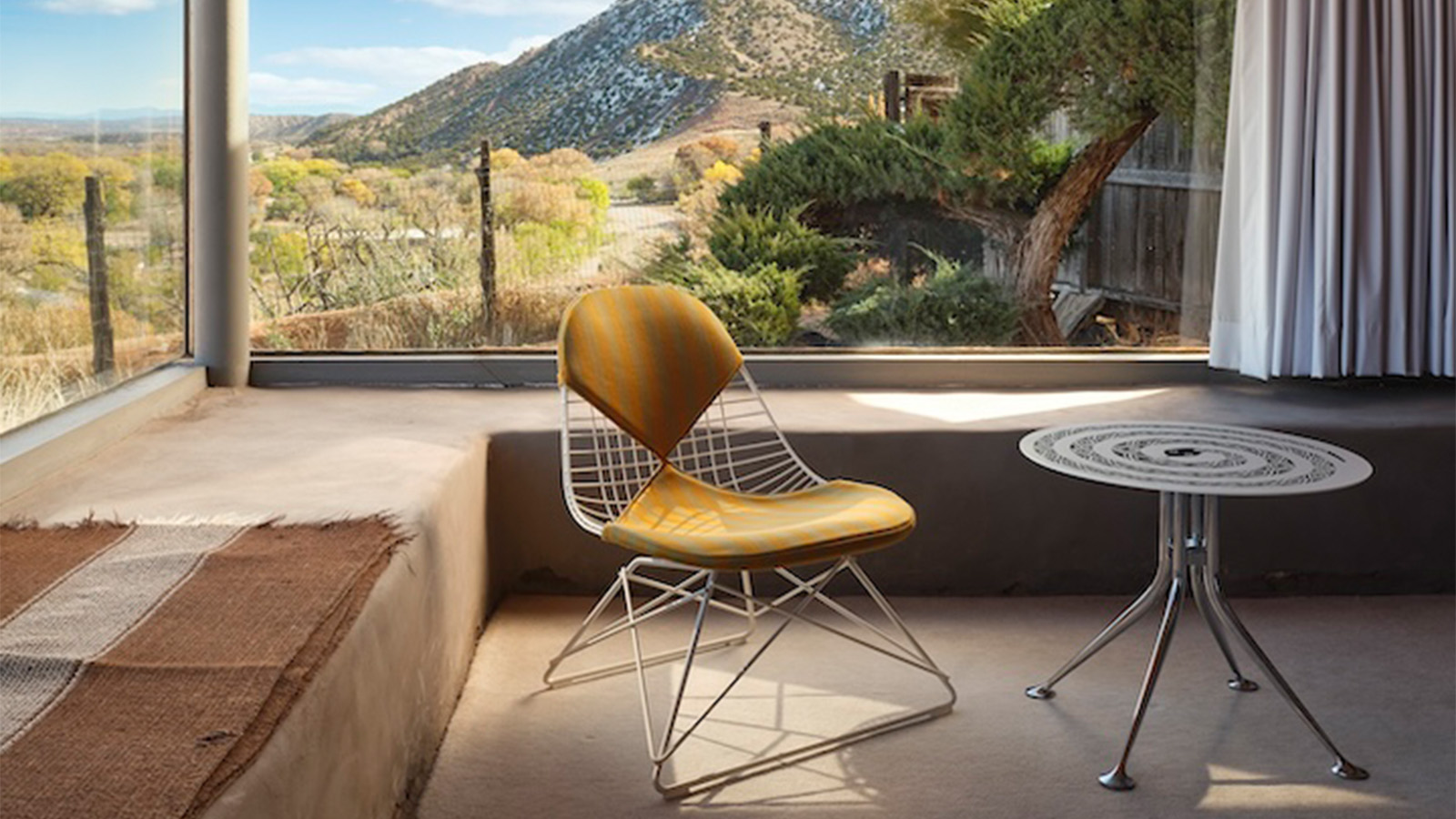 Herman Miller teams up with the Georgia O’Keeffe Museum for an enchanting New Mexico-inspired collection
Herman Miller teams up with the Georgia O’Keeffe Museum for an enchanting New Mexico-inspired collectionThis charming, limited-run side table and chair celebrates a legendary design friendship
-
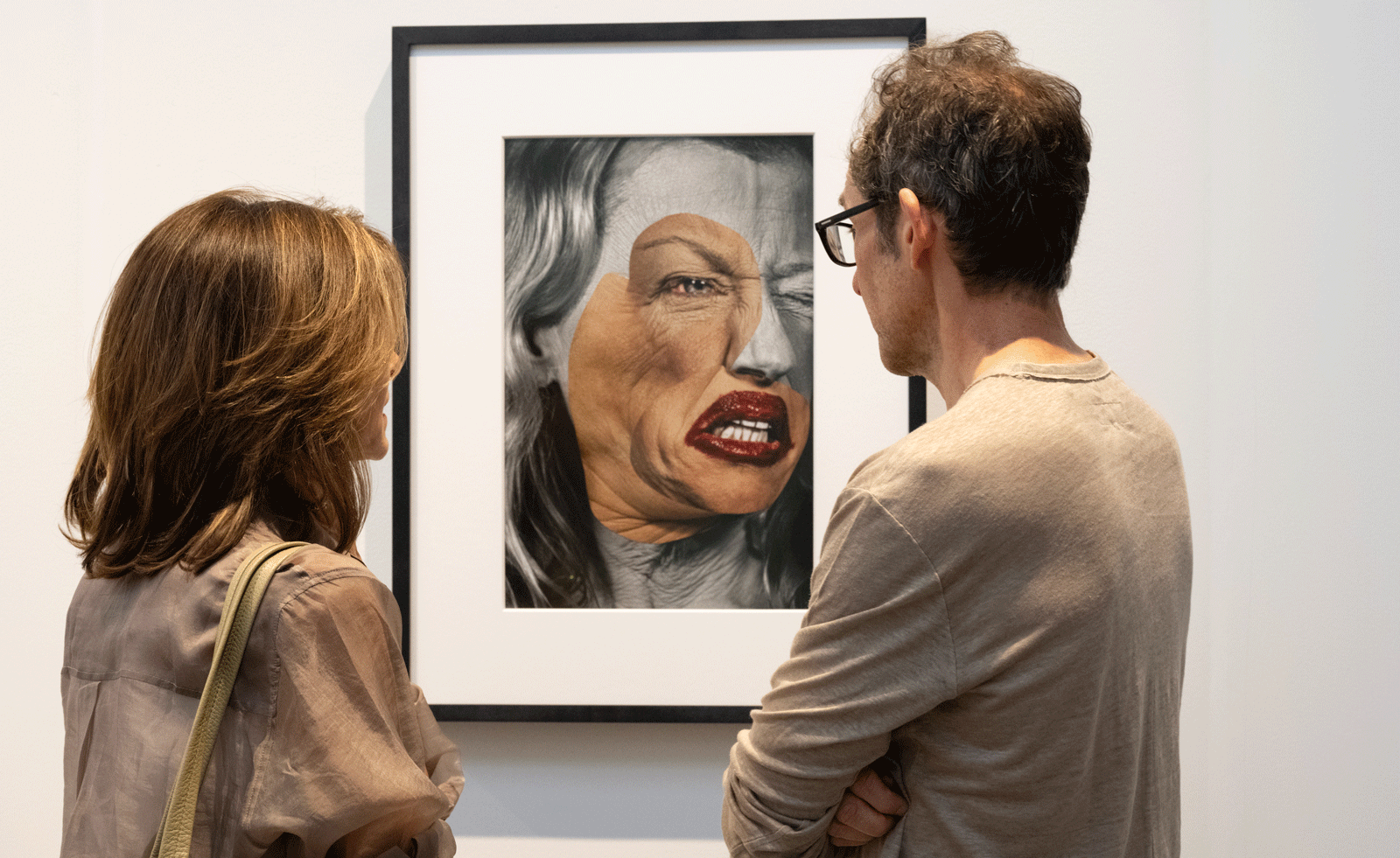 What not to miss at Frieze New York 2025
What not to miss at Frieze New York 2025Frieze New York 2025 runs 7-11 May, showcasing over 65 galleries from more than 25 countries; from $250 plates by leading artists to quirky performances, here’s what not to miss
-
 Eight designers to know from Rossana Orlandi Gallery’s Milan Design Week 2025 exhibition
Eight designers to know from Rossana Orlandi Gallery’s Milan Design Week 2025 exhibitionWallpaper’s highlights from the mega-exhibition at Rossana Orlandi Gallery include some of the most compelling names in design today
-
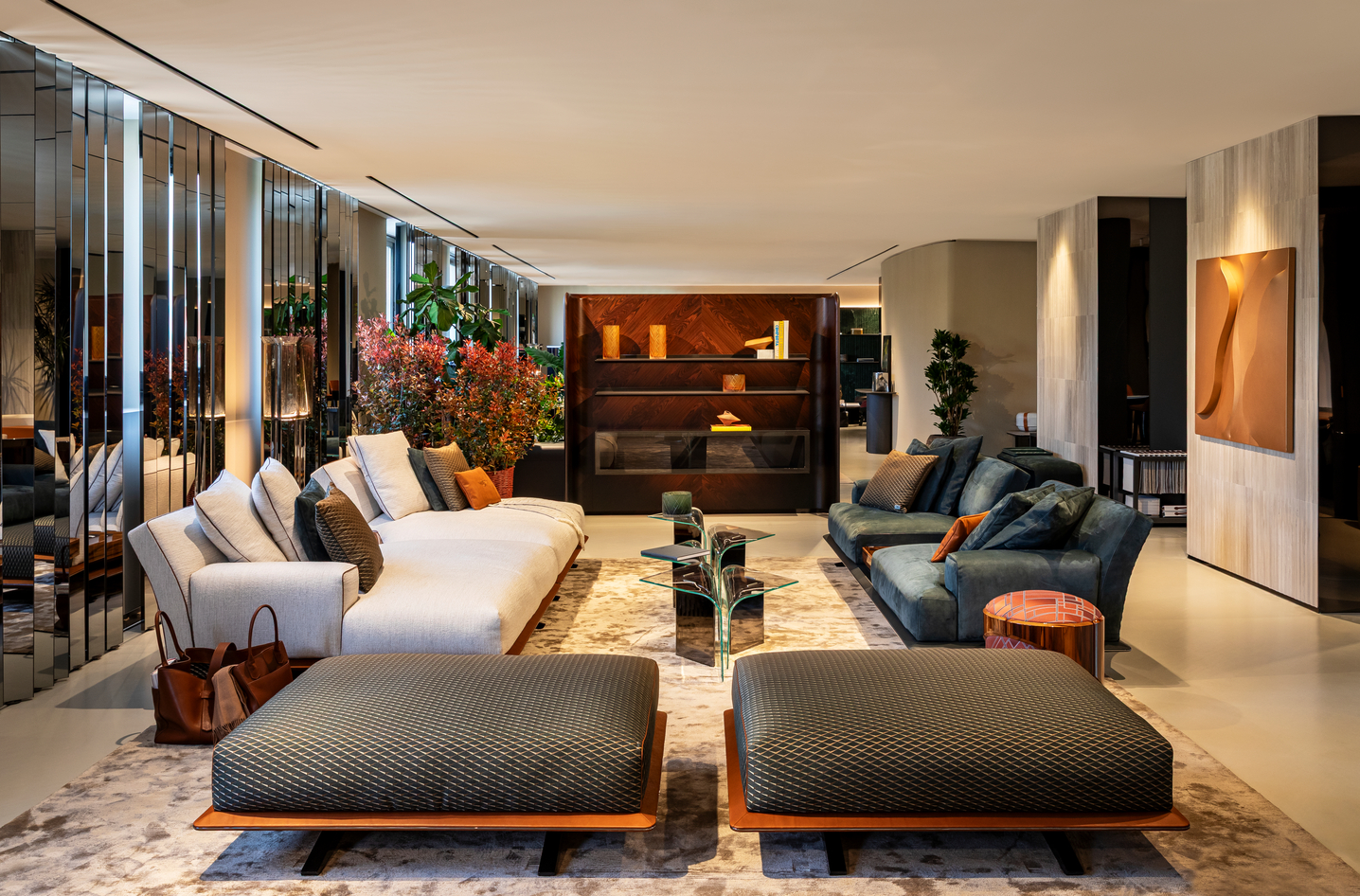 Bentley’s new home collections bring the ‘potency’ of its cars to Milan Design Week
Bentley’s new home collections bring the ‘potency’ of its cars to Milan Design WeekNew furniture, accessories and picnic pieces from Bentley Home take cues from the bold lines and smooth curves of Bentley Motors
-
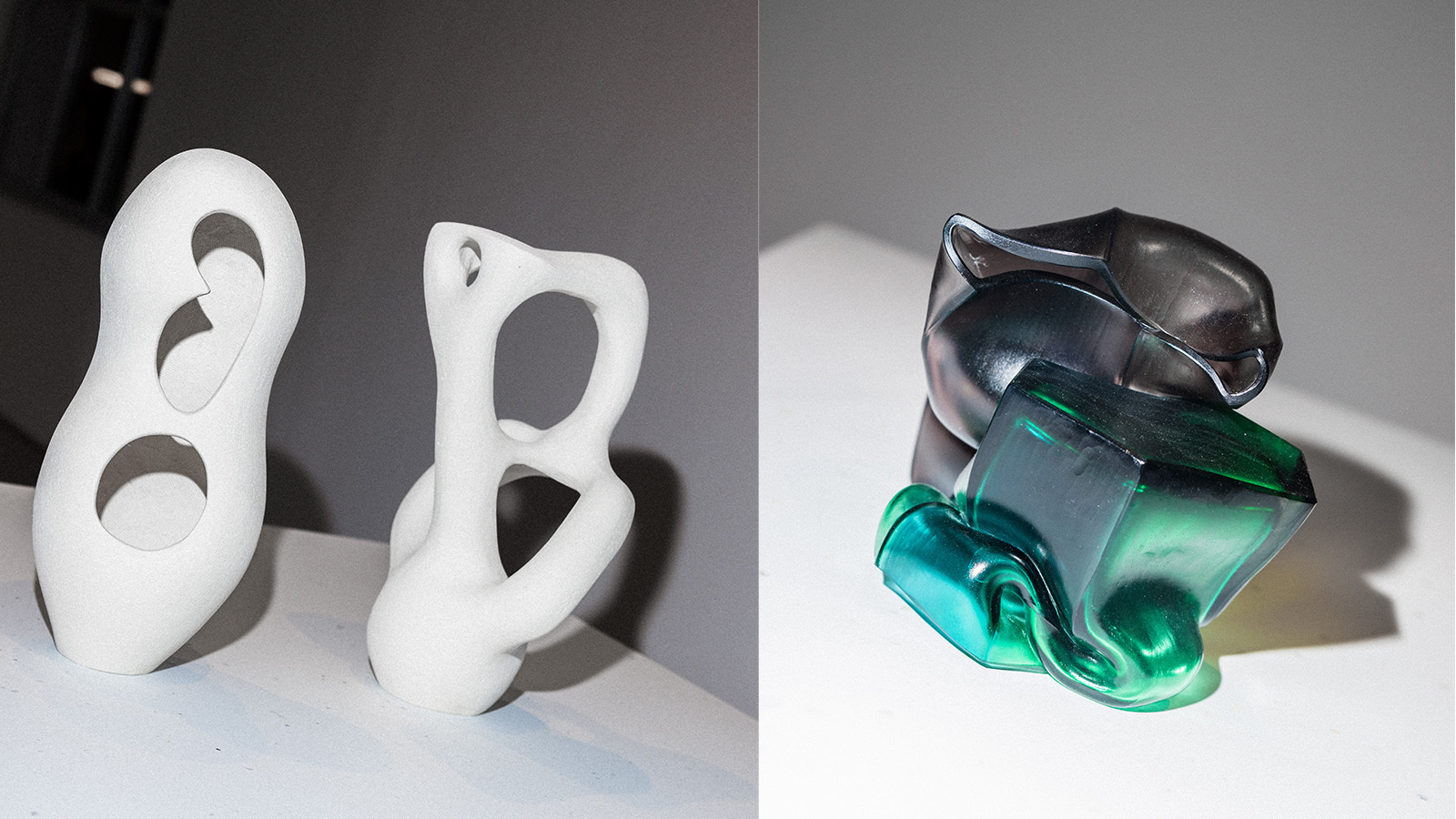 StoneX partners with Wallpaper* for material alchemy at Milan Design Week and beyond
StoneX partners with Wallpaper* for material alchemy at Milan Design Week and beyondThe natural stone purveyor teams up with Wallpaper* for a three-year partnership of material adventures, starting with an exhibition at Triennale di Milano
-
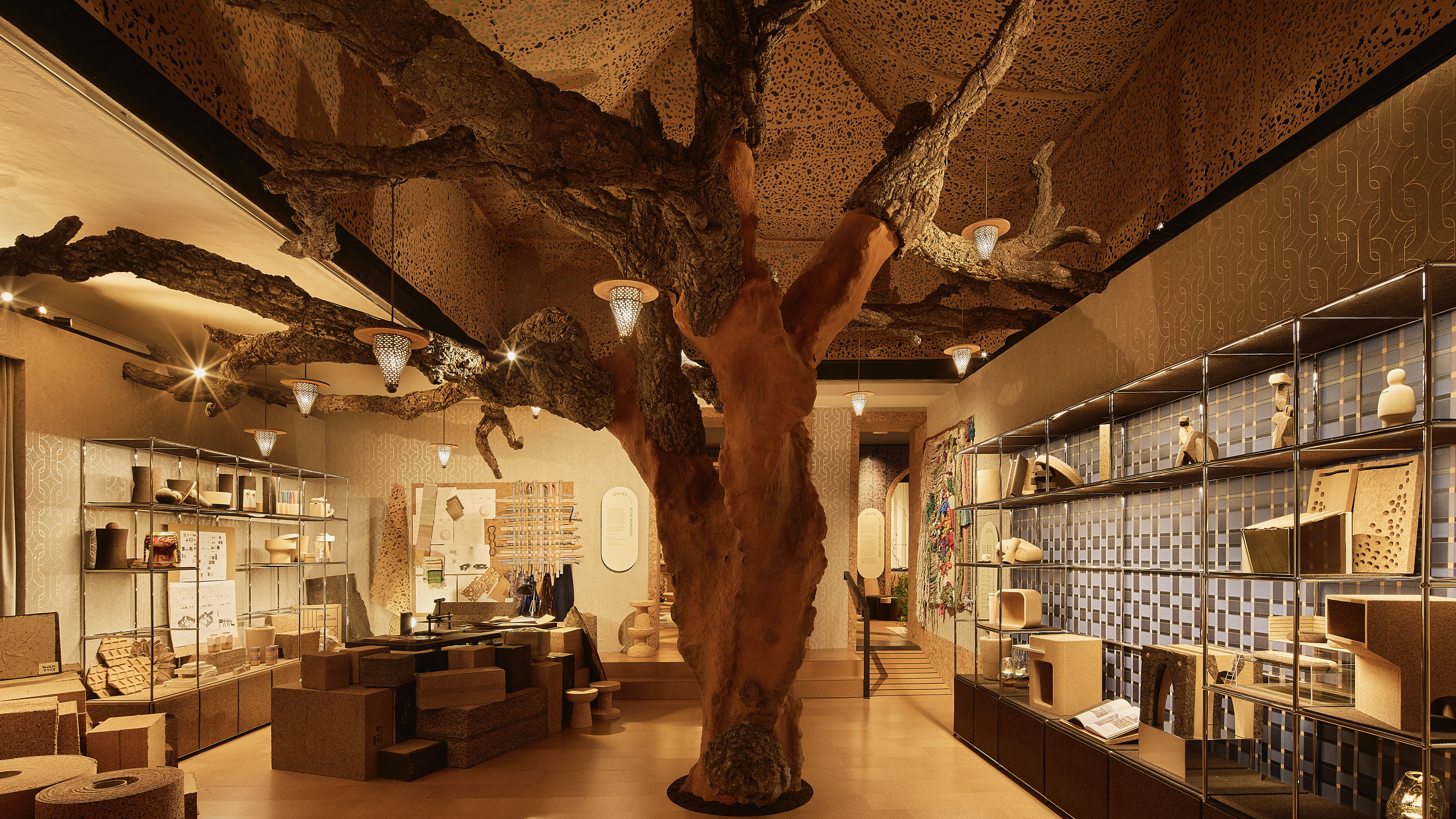 David Rockwell’s Milan Design Week presentation is a love letter to cork
David Rockwell’s Milan Design Week presentation is a love letter to corkRockwell Group’s Casa Cork installation showcases this under-appreciated material, which is infinitely recyclable and sequesters carbon for decades
-
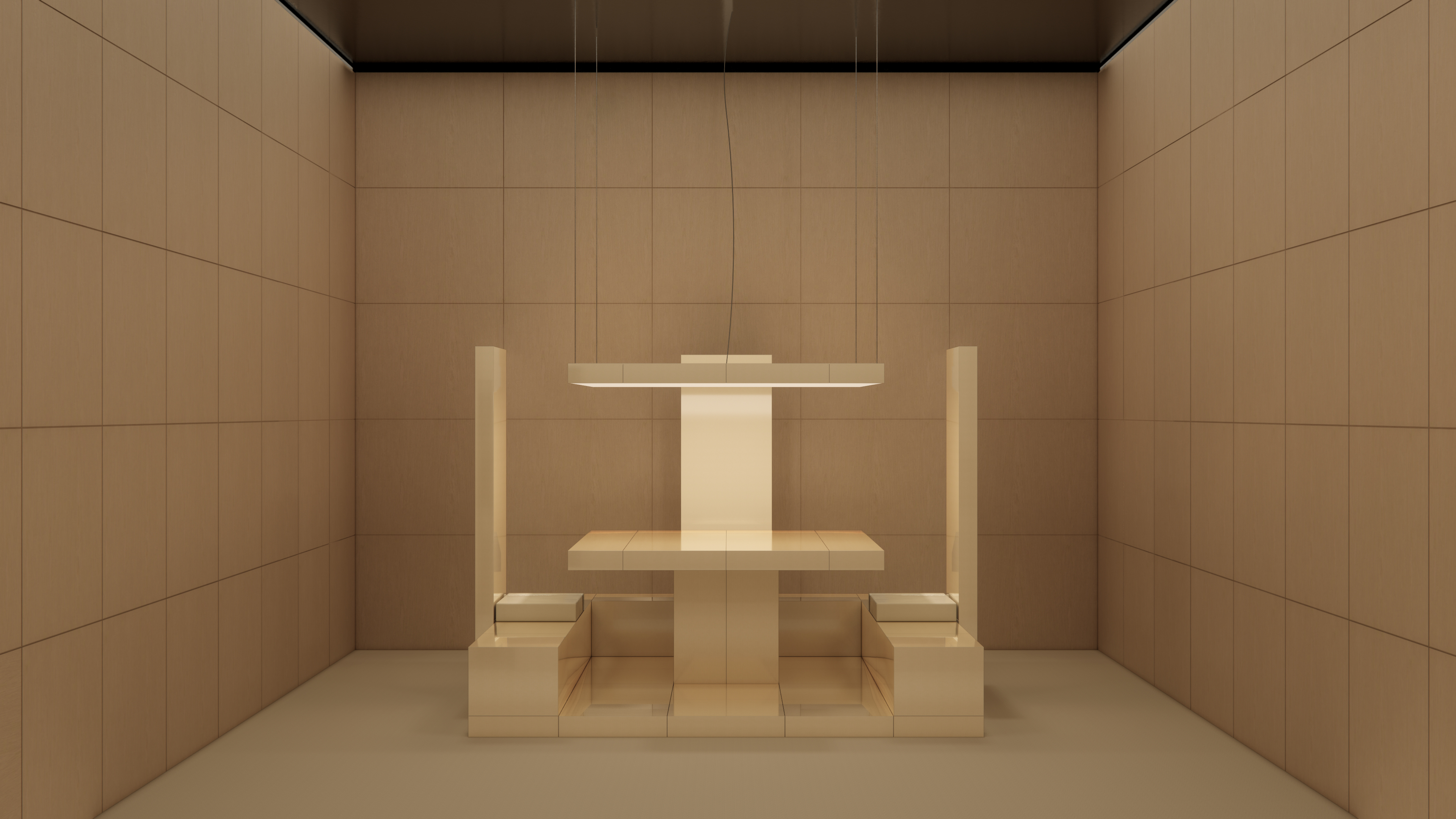 Emerging galleries to discover during Milan Design Week
Emerging galleries to discover during Milan Design WeekWallpaper’s Milan editor has the inside track on the younger design galleries coming to town
-
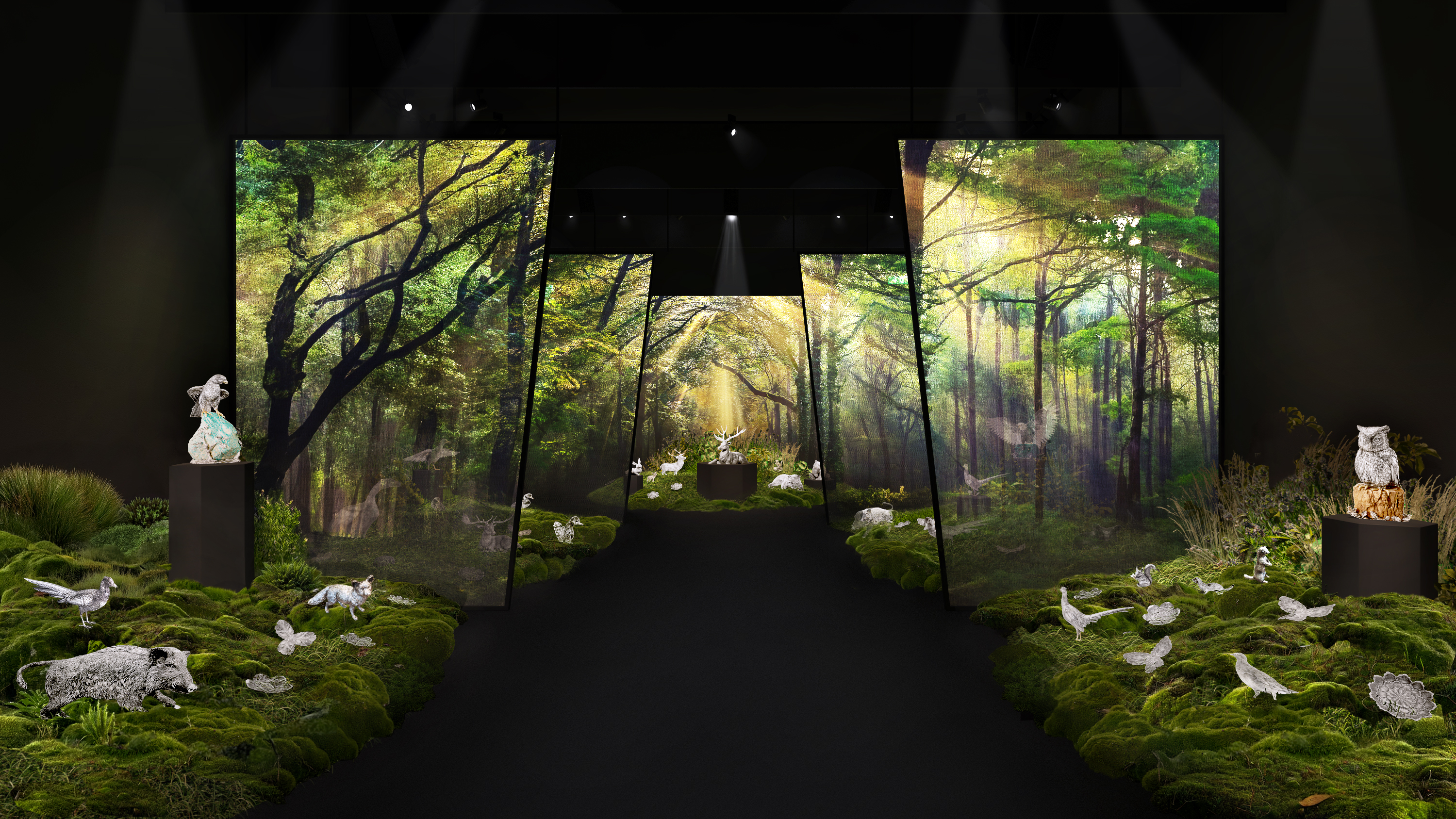 Buccellati brings the forest and Furry Animals to Milan Design Week
Buccellati brings the forest and Furry Animals to Milan Design WeekThe jewellery and silverware maison falls back on tradition for its Milan showcase, presenting its now-emblematic collection of intricately crafted creatures
-
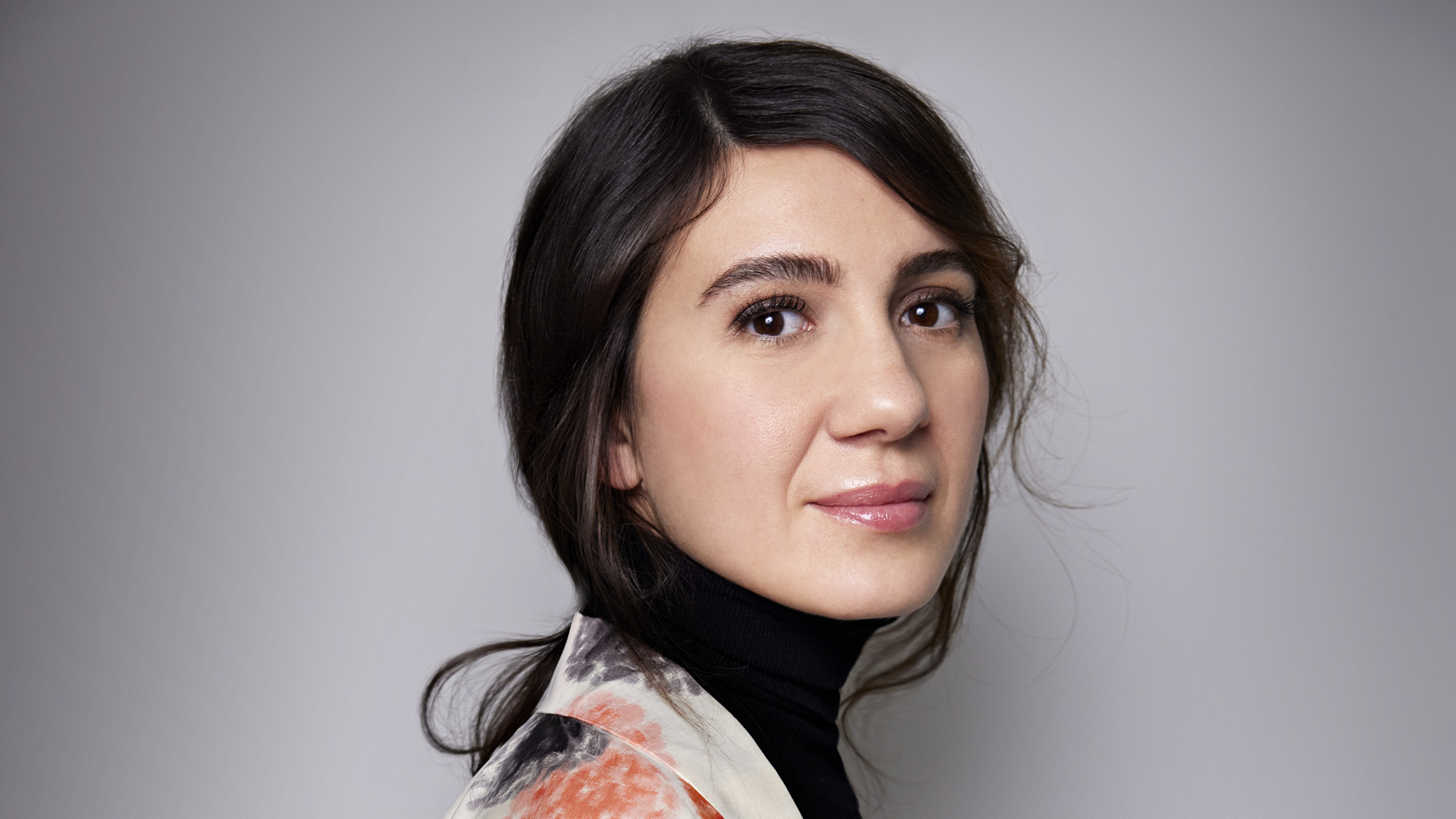 Where next for Salone del Mobile? Maria Porro on the future of the world’s biggest furniture fair
Where next for Salone del Mobile? Maria Porro on the future of the world’s biggest furniture fairAhead of Salone del Mobile 2025 in Milan, we sit down with its president to talk design, data and forging the event’s future in a fast-changing world
-
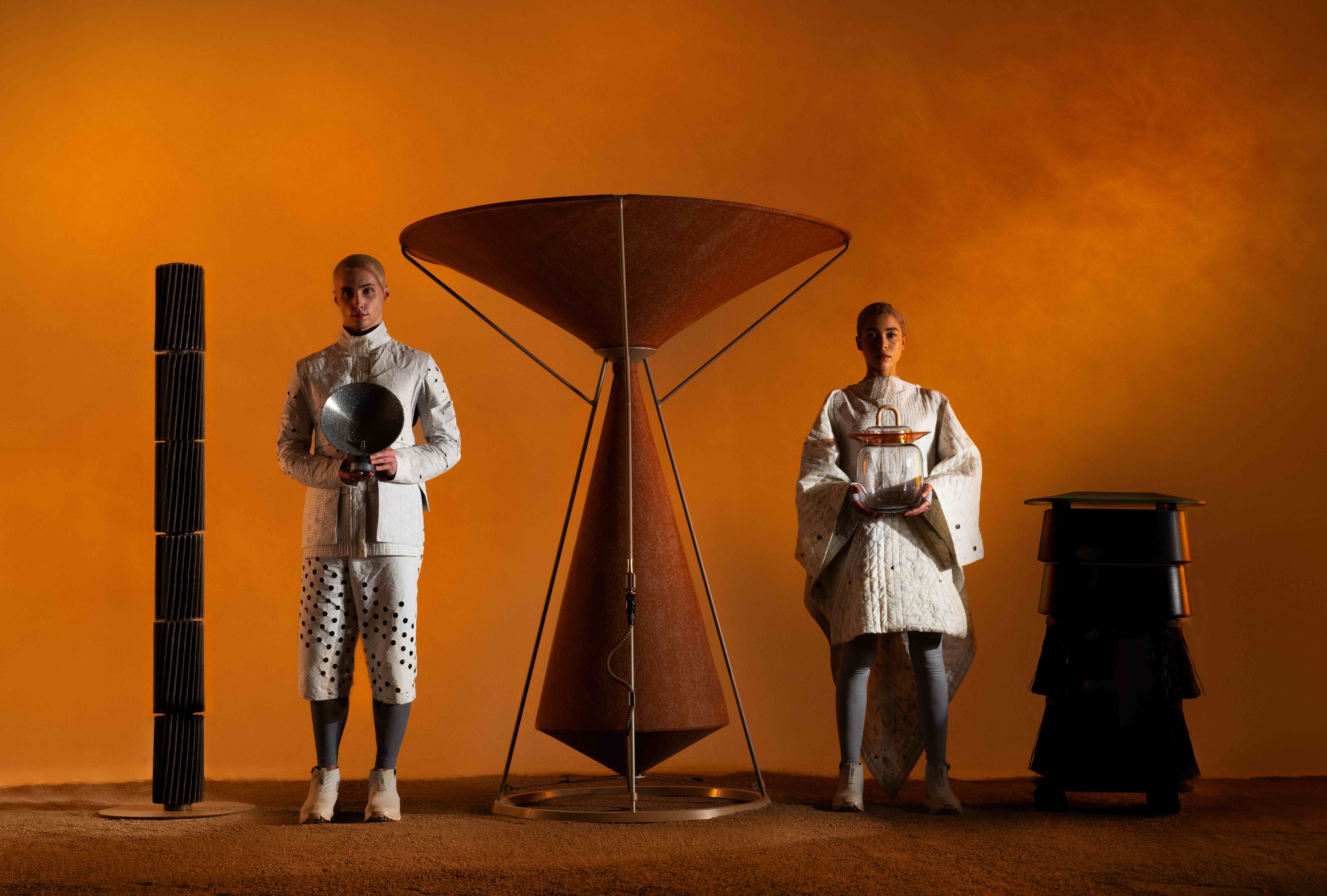 What to see at Milan Design Week 2025
What to see at Milan Design Week 2025A guide to some of the events the Wallpaper* team is checking out at Milan Design Week (7–13 April) – from public installations and major launches to standout venues and must-see exhibitions